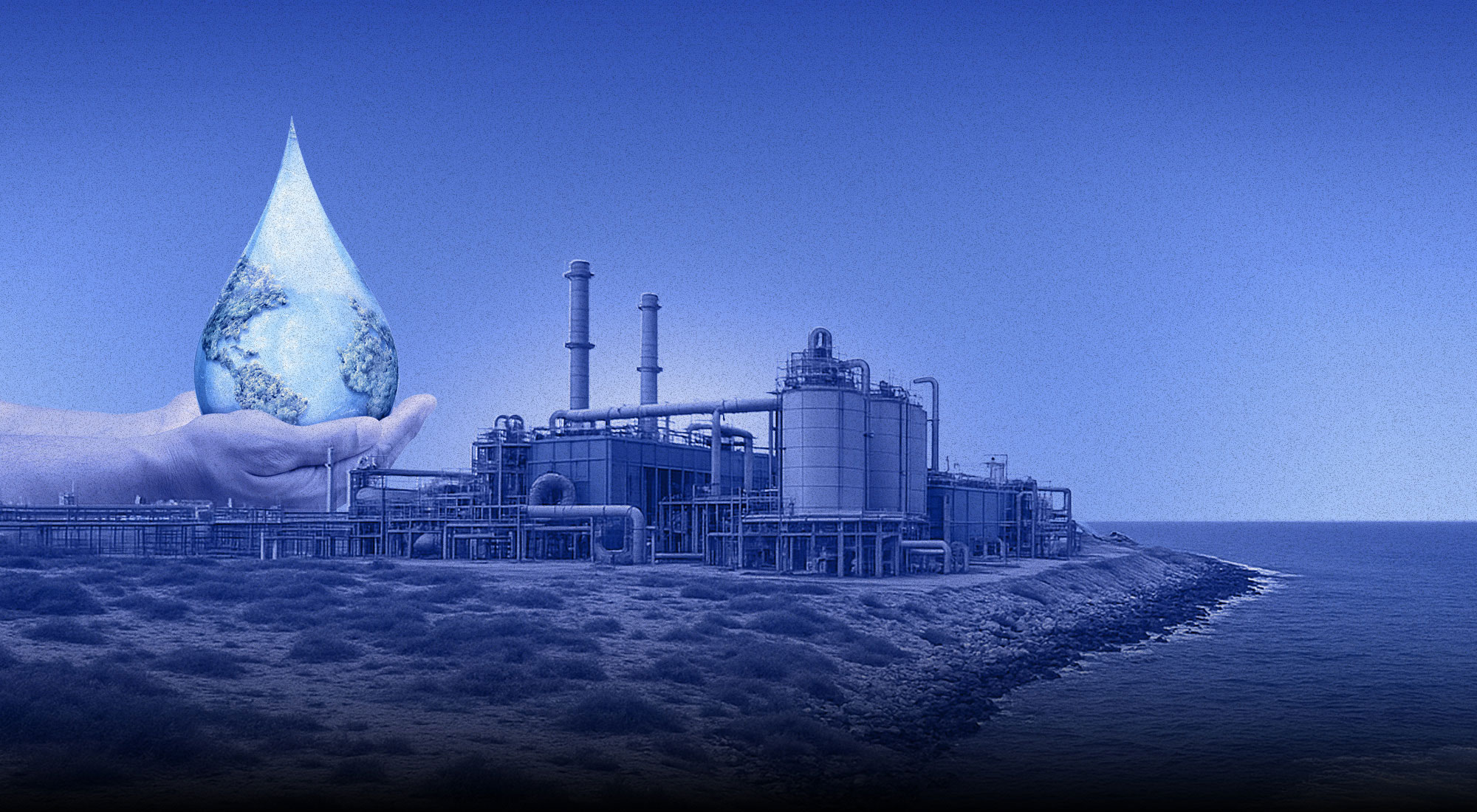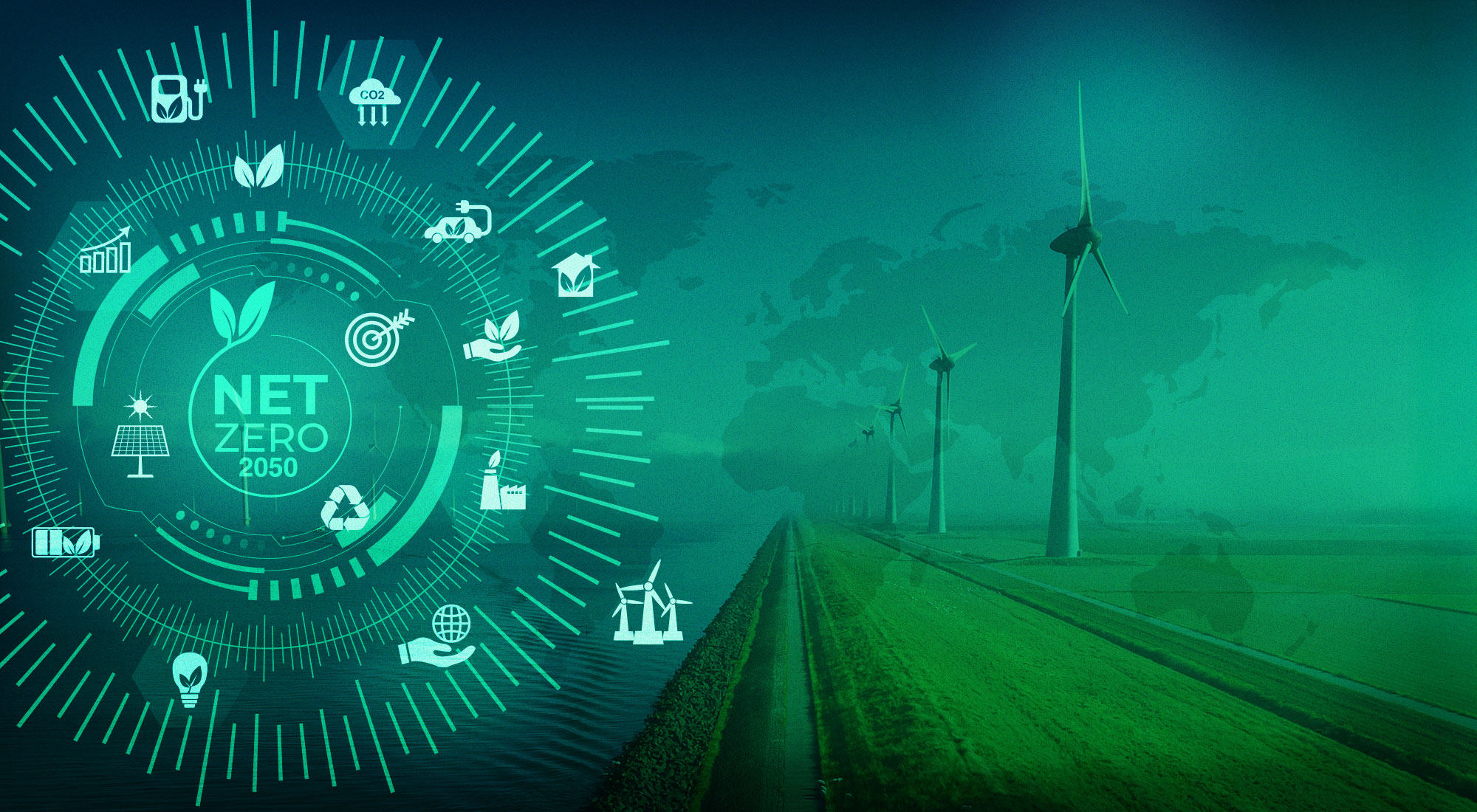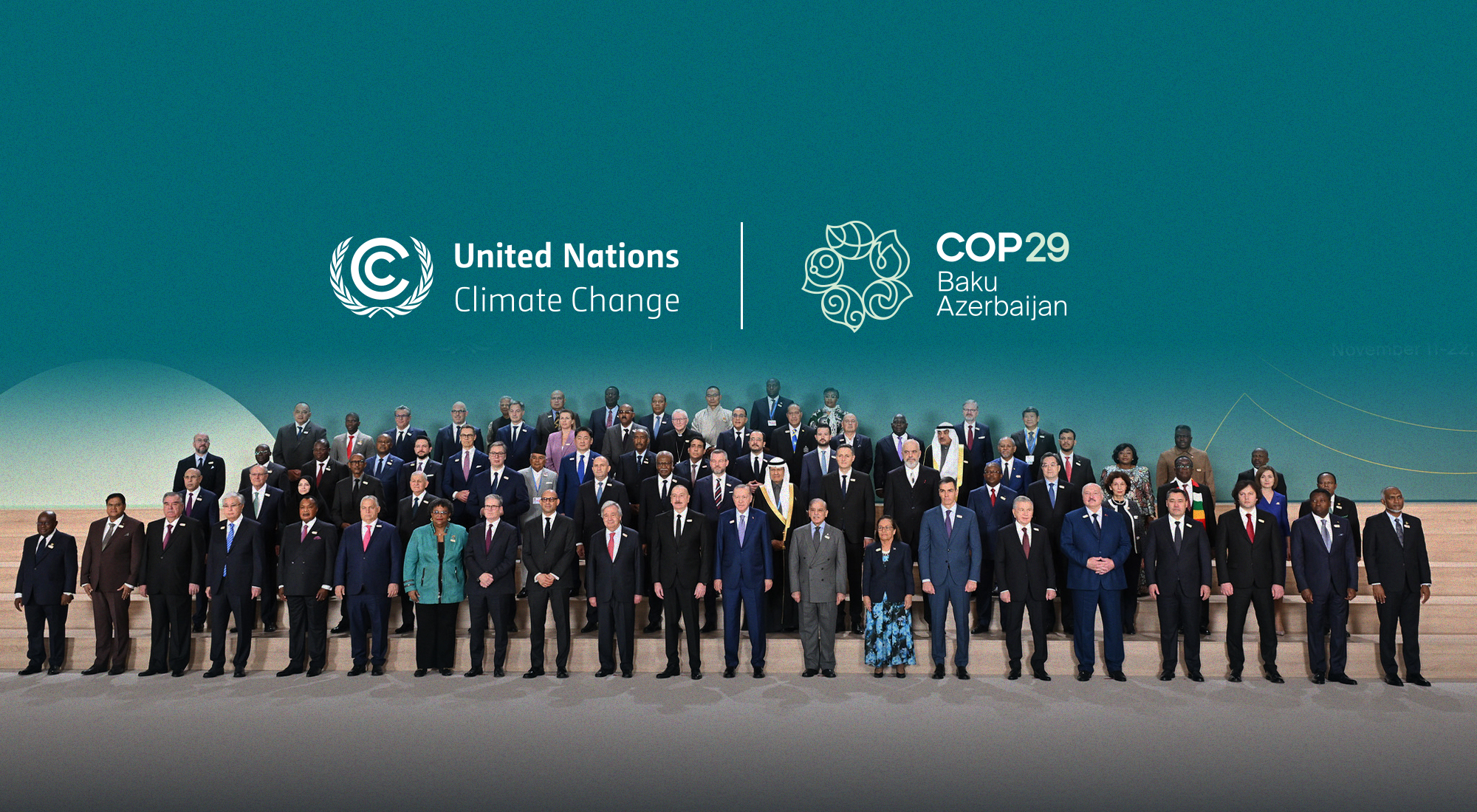Our planet’s future development agenda is amidst major changes marked by the Rio+20 Summit of 2012, and the launch of the post-2015 development agenda and the UN Paris Climate Change Conference coming in late 2015.
The Green economy has over the past few years became a central concept on the global sustainable development agenda. The concept was first mentioned in a British government-commissioned sustainable development report from 1989. However, it was only during the late 2000s’ global economic crisis that green economy was brought to international attention as an economic recovery strategy focused on creating ‘green jobs’ and tackling climate change and creating real investments. South Korea was the first country to declare ‘Low Carbon Green Growth’ as its long-term national development vision, in 2008.
A green economy, in its multiple meanings and uses, has since been advocated by numerous international institutions, including the UNEP, World Bank, International Energy Agency (IEA) and G8 and G20 meetings. In 2012, signaling the broad attention the concept was receiving globally, the UN Conference on Sustainable Development (UNCSD), or ‘Rio+20’, debated ‘a green economy in the context of sustainable development and poverty eradication’ as one of its two main topics.
The final outcome document ‘The Future We Want’ of the Rio+20 conference mention that green economy is an import tool for achieving sustainable development, and focuses more on what green economy policies should and should not do, including: be consistent with international law, respect countries’ sovereignty, avoid conditionalities on related finance, and not constitute restrictions on trade. Each country was allowed to select the approach to transit towards a green economy and which sectors to focus upon greening according to its economic, social conditions.
Resulting from the contestation over the ultimate aims of the green economy agenda, a proposal containing 17 Sustainable Development Goals (SDGs), agreed upon by the UN General Assembly Open Working Group in July 2014 as a key contribution to the UN post-2015 development agenda.
Green Economy Definition
In fact, green economy (or growth) has no globally accepted definition. Perhaps the most commonly used definition is that of UNEP, which describes it as an economy that results in ‘improved human well-being and social equity, while significantly reducing environmental risks and ecological scarcities’.
Reflecting the fact that green economy does not seek to replace sustainable development, but is intended to serve as the tool for achieving it, the UNEP definition preserves the three dimensions of sustainable development (economic, environmental and social sustainability). The focus on the economy derives from the post-2008 realization that ‘achieving sustainability rests almost entirely on getting the economy right’. As UNEP expressively puts it, ‘decades of creating new wealth through a “brown economy” model based on fossil fuels have not substantially addressed social marginalization, environmental degradation and resource depletion’. Neither have they provided real investment or green jobs. The UNEP definition encompasses all the above aspects.
In addition, many other terms focus on specific aspects of the green economy such as human rights-based economy, holistic growth, inclusive, green and responsible economy, blue economy, de-globalization, steady state economics, and de-growth. The latter is very similar to the idea of Alzohd, or ‘living lightly on Earth’, which is rooted in the Islamic culture of the Arabian Gulf region. It simply means avoiding overconsumption in resource usage – extravagant food consumption, for example – and caring about nature and its resources. In other words, the idea recognises that adopting an eco-friendly lifestyle is not only a social responsibility, but also a religious duty as human existence and well-being are dependent on a healthy environment. It is also worth mentioning that the concept of caring for the environment here is more comprehensive and deeper than protection as it involves different aspects, such as protection from damage and pollution, as well as allowing for the environment to flourish.
Green growth is perhaps the concept most closely related to that of the green economy, and is often used interchangeably with green economy. The Global Green Growth Institute (GGGI) defined ‘green growth’ as low-carbon, sustainable development that builds on the synergies between economic growth and a ‘better environment’.
Despite the similarities, there is arguably a clear difference between the two, as green economy can be understood as a governance process in all aspects of life of a society, aimed at shifting the whole society from a ‘traditional’ economy towards a greener one. Green growth, in turn, can be characterized as the increase, in an eco-friendly way, in the quantity of the goods and services within the economy or specific sectors of that economy. This increase does not necessary mean the whole economy is green. Another key difference is that, while the green economy comprises a top-down approach, encompassing the transformation of the entire economy, across sectors, green growth can be seen as a bottom-up activity, or measure of progress towards the green economy and may focus on specific sectors or industries of the economy.
In Middle East and North Africa (MENA) region-specific literature, the path to green economy has been described as consisting primarily of efforts to decouple economic growth and domestic energy demand and reduce per capita ecological footprints without impairing quality of life.
Greening the Brown, Growing the Green
Irrespective of the definition and specific approaches to greening the economy adopted, a number of common characteristics and principles are fundamental to achieving the required shift from the brown economy towards the future (green) economy. Firstly, a shift to the green economy requires a multidisciplinary, multi-stakeholder and multi-sectoral approach. For example, while a green economy agenda can be aimed at increasing investment in economic sectors like renewable energy, and sustainable agriculture, tourism, water management, at the same time, green transformations in these sectors should be intimately linked to poverty alleviation goals, and seek positive impacts on human and environmental health, employment and foreign trade.
The green transition has two equally important aspects: ‘greening the brown’ and ‘growing the green.’ In principle, any brown economic sector can be ‘greened’, including through the introduction of clean, efficient and innovative technologies. While growing the green concept aims at investing in new green industries and sectors like renewable energy.
Common characteristics of a green economy in any country include, among other things: a low-carbon energy mix; reduced pollution and GHG emissions; resource efficiency; and limited of loss of biodiversity and ecosystem services. In terms of policy tools, a green economy is supported by the use of market-based instruments and reduced levels of harmful subsidies, and public investments that are targeted towards greening the economy. In addition, a green economy should be socially inclusive, and be underpinned by a value-based economy. In other words, the green economy aims to encourage new value-based growth by including more social and environmental considerations in the growth process. Of relevance for the GCC countries, it should be pointed out that many of these values are already part of local cultures in the Arab world in general.
Green Economy Principles
Furthermore, the green economy is based on various sustainability principles. Some of the principles present in relevant literature and discourse are:
– The earth integrity principle: every human has the duty to protect the earth and its ecosystems.
– The polluter pays principle: polluters are responsible for the environmental damage they have caused.
– The dignity principle: every human has the right to livelihood.
– The justice principle: benefits and burdens should be shared fairly among all stakeholders.
– The resilience principle: diversity and diversification are preconditions for sustainability as well as quality of life.
– The governance principle: establishment of policies, rules and regulations requires a transparent and participatory process that includes all affected people.
– The planetary boundaries: humans are crossing the ‘planetary boundaries’ that define our safe planetary operating space. According to scientists, we have already crossed these limits for climate change, biodiversity loss and interference with the nitrogen cycle, and are heading towards the Earth’s boundaries for ocean acidification, freshwater use, changes in land use, and interference with the phosphorus cycle.
Green Economy, Challenges
Reflecting the diversity of the world we live in, and the uniqueness of each country’s national circumstances and development priorities, there is no single model or a pathway to the green economy. However, for all countries, shifting to a green economy – one that sets the economy at the centre of generating sustainable development – will require major economy-wide structural and technological changes, or at least the ‘greening’ of key sectors, such as energy, urban infrastructure, transportation, industry and agriculture. It will also include ‘greening’ investments nationally and globally, generating ‘green’ jobs through new ‘green’ sectors, and supporting and facilitating ‘green’ trade internationally through national and international policies.
A green policy, at the macro level, is defined by the author as “a policy that balances between natural resource consumption and environmental protection, while seeking to achieve social equity and raise the well-being of the society”. In simple terms, it is policy that has as its central objective a green economy, with the ultimate goal of achieving sustainable development.
The shift to green economy requires a mix of green policy instruments employed in any country, including those of the GCC, may include some or all of the following: market instruments, such as subsidy reform, green taxes and permit markets; legal instruments, including environmental legislation and incorporating sustainable development into trade agreements; government policies and measures, for example sustainable public procurement, sustainable land use and urban policy, integrated management of freshwater, monitoring and accountability measures; and awareness and education campaigns.
Financing the transition to green economy is important enabling tool. To date, various multilateral funds have been established to achieve global environmental protection and related benefits. Most of these environmental financial funds, or green funds, provide support to areas relevant for the green economy, including: green technology, green projects and programs, and measures to shift towards a low-carbon, resource-efficient and climate-resilient economy. At present, the global environmental finance architecture is quite complex. While the existence of several funds and programmes can be considered a merit, it also generates challenges for the coordination of activities, access to funds by recipients, and avoidance of duplication in goals and financing.
Green economy-relevant funding is usually channelled through multilateral funds, such as the Climate Investment Funds, and, starting from 2015, the Green Climate Fund (GCF), established under the UN Framework Convention on Climate Change (UNFCCC). In addition, funds are increasingly channelled through bilateral channels and national environment/climate change.
In addition to the above, there is a need to prioritize the infrastructure projects which ensures that investments are compatible with long-term green economy objectives. New information that takes environmental accounting and statistics are very vital in this regard.
Bibliography
- Abdel Gelil, Ibrahim, Farid Chaaban, and Leila Dagher. 2012. ‘Energy.’ In Arab Environment: Green Economy: Sustainable Transition in a Changing Arab World, edited by Hussein Abaza, Najib Saab, and Bashar Zeitoon, 75–112. Beirut: Arab Forum for Environment and Development (AFED).
- Abaza, Hussein, Najib Saab, and Bashar Zeitoon, ed. 2012. Green Economy: Sustainable Transition in a Changing Arab World. Beirut: AFED.
- Collina, Tom Z., and Enca Pott. 2009. The Green New Deal: Energizing the U.S. Economy. Fokus Amerika. Washington D.C.: Friedrich Ebert Stiftung.
- Commission for Sustainable Development. 2013. Arab Regional Implementation Meeting for the Twentieth Session of the Commission for Sustainable Development (CSD-20), (Rio +20) follow-up meeting, 29–30 May, Dubai, United Arab Emirates.
- Daly, Herman A. 2005. ‘Economics in a Full World.’ Scientific American 293 (September): 100–107.
- The GEF. 2014. ’What is the GEF.’ Accessed 13 October. http://www.thegef.org/gef/whatisgef
- Global Footprint Network. 2012. ‘Footprint Basics – Overview.’ 18 July. http://www.footprintnetwork.org/
- Pearce, David William, Anil Markandya, and Edward Barbier. 1989. Blueprint for a Green Economy. London: Earthscan.
- Rio+20. United Nations Conference on Sustainable Development. 2012. ‘Objective & Themes.’ June. http://www.uncsd2012.org/
- Rockström, Johan, Will Steffe, Kevin Noone, Åsa Persson, F. Stuart III Chapin, Eric Lambin, Timothy M. Lenton et al. 2009. ‘Planetary Boundaries: Exploring the Safe Operating Space for Humanity.’ Ecology and Society 14 (2): 32.
- UN SD Knowledge Platform. United Nations Sustainable Development Knowledge Platform. 2014. ‘Green Economy.’ Accessed 18 August. http://sustainabledevelopment.un.org/
- United Nations Department of Economic and Social Affairs. 2014. World Urbanization Prospects: The 2014 Revision, Highlights. (ST/ESA/SER.A/352) UN.
- United Nations Environment Programme. 2011. Towards a Green Economy: Pathways to Sustainable Development and Poverty Eradication. Nairobi: UNEP.
- United Nations Economic and Social Commission for Western Asia) 2013. Mapping Green Economy in the ECSCWA Region. Version 1. Beirut: ESCWA, June.
- 2012. ‘Green Economy for the Arab Region.’ Presentation by Riccardo Mesiano at a meeting on Rio+20, National Policy Making and Sustainable Development Policies in Conflict-Afflicted Courtiers: The case of Lebanon. 2 May.








